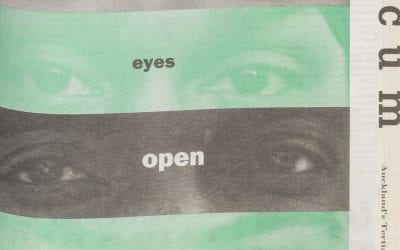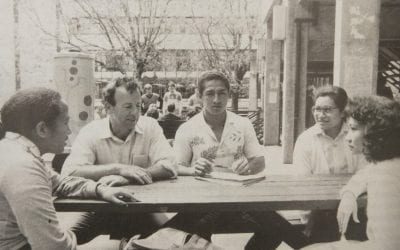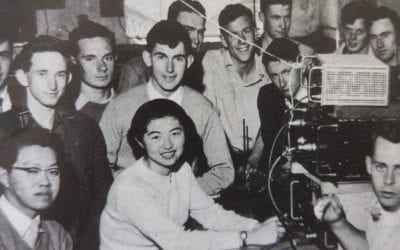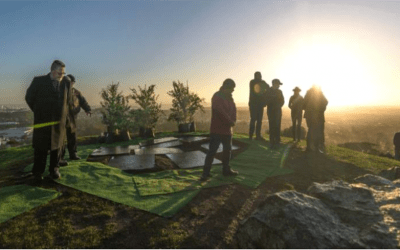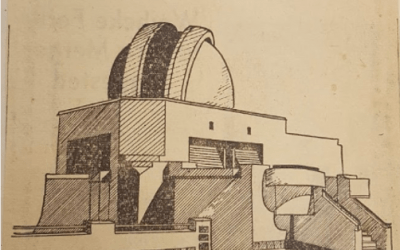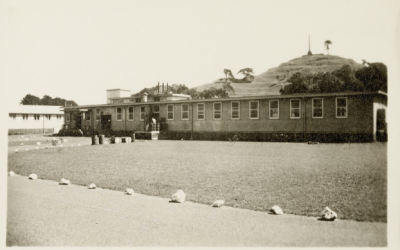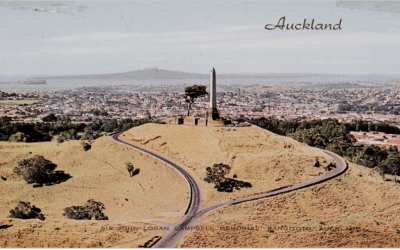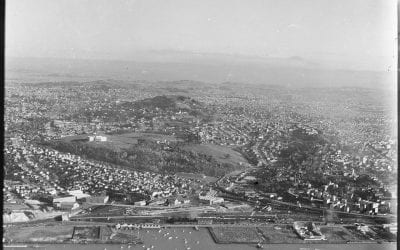AHI Summer Research Scholarships
Research Articles
Qianjin! – Capital, COVID-19 and Chinese Students
by Laura Prahash*
“the international education market is worth around $4.8 billion dollars, and Chinese students make up about a third of the yearly intake.” COVID-19 highlighted just how much economic value we place on international students, especially Chinese students, but when did we begin to see them this way?
Majulah!: The Continued Fight of the Malaysian International Students
by Laura Prahash*
The year is 1979. Malaysian students in Auckland and across New Zealand had just spent the last three years battling a discriminatory quota limiting the number of incoming Malaysian international students, bolstered by allegations of ‘marriages of conveniences’. Little did these students know that the fight was far from over.
Bersatu Dan Maju: Malaysian International Students as a Rising Political Force
By Laura Prahash*
By the late 1960s, wider social unrest was echoed within the international student community in Auckland as the relationship between these students and their host city shifted from cultural to increasingly political exchanges.
Bridging the East and West: the First International Students in Auckland
by Laura Prahash*
Many of us, myself included, tend to take the presence of international students for granted. With this pandemic preventing many international students from staying in or entering Auckland, it’s become increasingly clear how valuable their participation on campus and in our society is.
Activism at the Summit: a new beginning for Maungakiekie?
By Isabella Wensley*
The Summit complex on Maungakiekie/One Tree Hill has a complicated symbolism. The monument and summit itself have been seen alternatively as a memorial to John Logan Campbell, a symbol of racial harmony, or a symbol of colonialist domination.
“Not in my Backyard” – The Construction of the Auckland Observatory
By Isabella Wensley*
The idea of Aucklanders having their own maunga and opposing views as to their function is reflected in the decades long quest of the Auckland Astronomical Society to find a site for Auckland’s first observatory.
“The Yankee Hospital” – The 39th General US Army Hospital
Part Two "The Yankee Hospital" – The 39th General US Army HospitalPart One “Mere Cold Stone” The Different Meanings of the One Tree Hill ObeliskPart Three “Not in my Backyard” – The Construction of the Auckland ObservatoryPart Four Activism at the Summit: a new...
“Mere Cold Stone” The Different Meanings of the One Tree Hill Obelisk
By Isabella Wensley*
The Maungakiekie/One Tree Hill obelisk is one of the most distinctive landmarks in Auckland. Standing at odds with its natural landscape, it rises 100ft above the summit, its sharp concrete angles contrasting with the rolling grassy hilltop it sits upon.
Living in Parnell
By Tom Wilkinson*
In previous pieces, I have touched upon the changing makeup of Parnell’s social and physical landscape throughout the twentieth century. In this final piece of the series, I wanted to touch on some of the ways in which residents of Parnell experienced the area during this time.
Gentrification in Parnell
by Tom Wilkinson*
Over the course of the 1960s and the 1970s, some major changes occurred in the suburb of contrasts. The post-war cycle of economic and residential growth helped turn Auckland into New Zealand’s ‘primate city’, and as a result vast swathes of land were converted to new industrial and residential suburbs.
Parnell: A Suburb of Contrasts
By Tom Wilkinson*
Located on the periphery of Auckland’s CBD, Parnell has an extensive history as one of the city’s oldest suburbs. The area has a reputation of affluence and prestige – in part due to this long history, but also to the prevalence of boutique stores, expensive restaurants, and beautiful scenery.
Parnell: The Patchwork Suburb
by Tom Wilkinson*
Parnell, as one of Auckland’s oldest suburbs, has a history extending back to the early settlement of the area. When Pākeha arrived in New Zealand and began obtaining land, the area which we now call Parnell was one of the earliest acquisitions.

